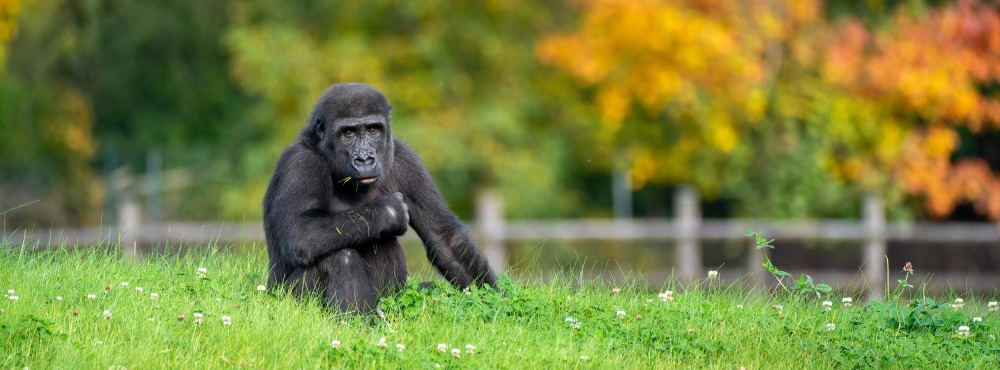Female wombat on her way to Prague Zoo

The first female common wombat is heading to the Czech Republic. Prague Zoo’s team is bringing her from Copenhagen Zoo today. Four-year-old Winkleigh will form a breeding pair with two-year-old Cooper. It will be possible to see her in the Darwin Crater exhibit from roughly mid-May, following the mandatory post-import quarantine period.
 Upon arriving at Prague Zoo four-year-old Winkleigh will become the first female wombat in the Czech Republic. She will form a breeding pair with Cooper a two-year-old male. Photo Oliver Le Que, Prague Zoo
Upon arriving at Prague Zoo four-year-old Winkleigh will become the first female wombat in the Czech Republic. She will form a breeding pair with Cooper a two-year-old male. Photo Oliver Le Que, Prague Zoo
“The wombats’ arrival from Tasmania to Europe was complicated by the covid pandemic, leaving Cooper in Darwin Crater without a mate. That will all change now,” said Miroslav Bobek, Prague Zoo’s director. In the meantime, Cooper has become a star with the visitors, and is now part of the Meet Them! campaign that introduces the public to similar animal personalities from Prague Zoo. “I have no doubt that Prague Zoo’s visitors will also show a great deal of interest in Winkleigh and that over time they will hopefully be delighted by a joey from our wombat pair.”
Winkleigh was born in February 2019 at Trowunna Wildlife Sanctuary in Tasmania. Like Cooper, she belongs to the Tasmanian subspecies of the common wombat. Compared to the Australian mainland wombats, they have a greyer coat, smaller build and, thanks to the cooler climate, should be better able to tolerate the Czech climate.
The common wombat is the closest relative of the koala. It inhabits Tasmania and the wetter parts of Australia. As a rule, it forages for food at night, mainly eating various grass species. It marks its territory with its unusual, cube shaped droppings. Wombats spend much of their lives digging underground systems of burrows and tunnels. This is why females’ pouches face backwards, so that the young are not buried in soil.

Keepers from Copenhagen Zoo prepare Winkleigh for her trip to Prague. If the quarantine goes smoothly, people will be able to see her in the Darwin Crater exhibit from roughly mid-May. Photo Oliver Le Que, Prague Zoo
ZOOPRAHA.CZ
Contacts
- The Prague zoological garden
U Trojskeho zamku 120/3
171 00 Praha 7
Phone.: (+420) 296 112 230 (public relations department)
e-mail: zoopraha@zoopraha.cz
Others








